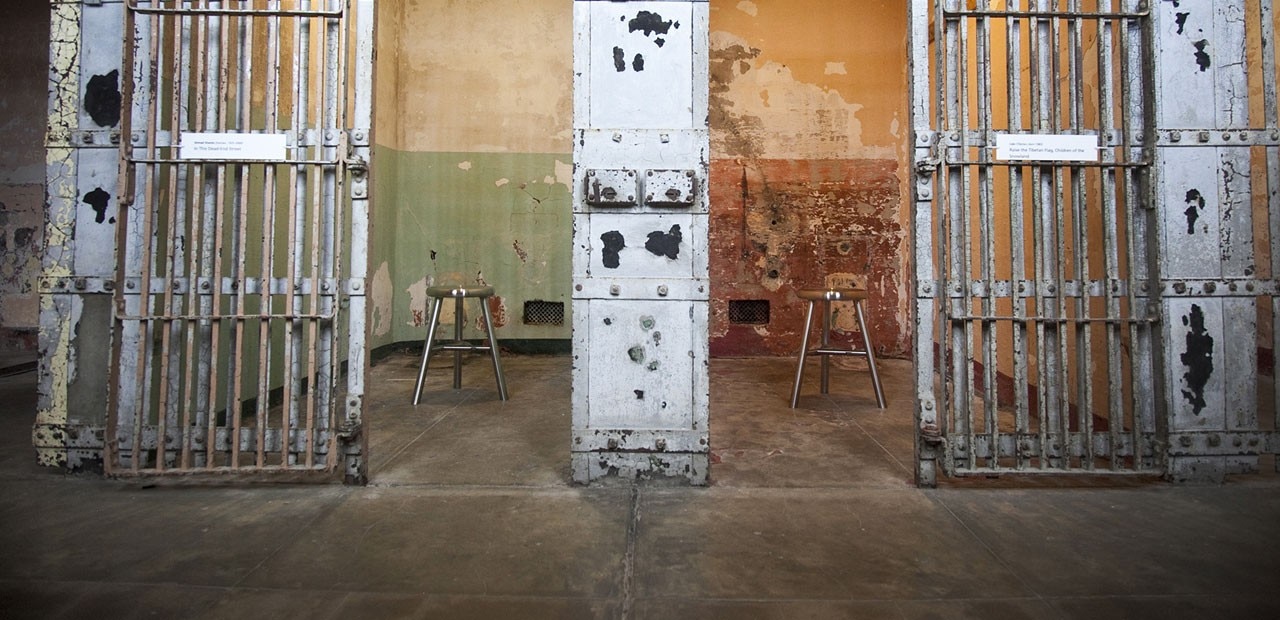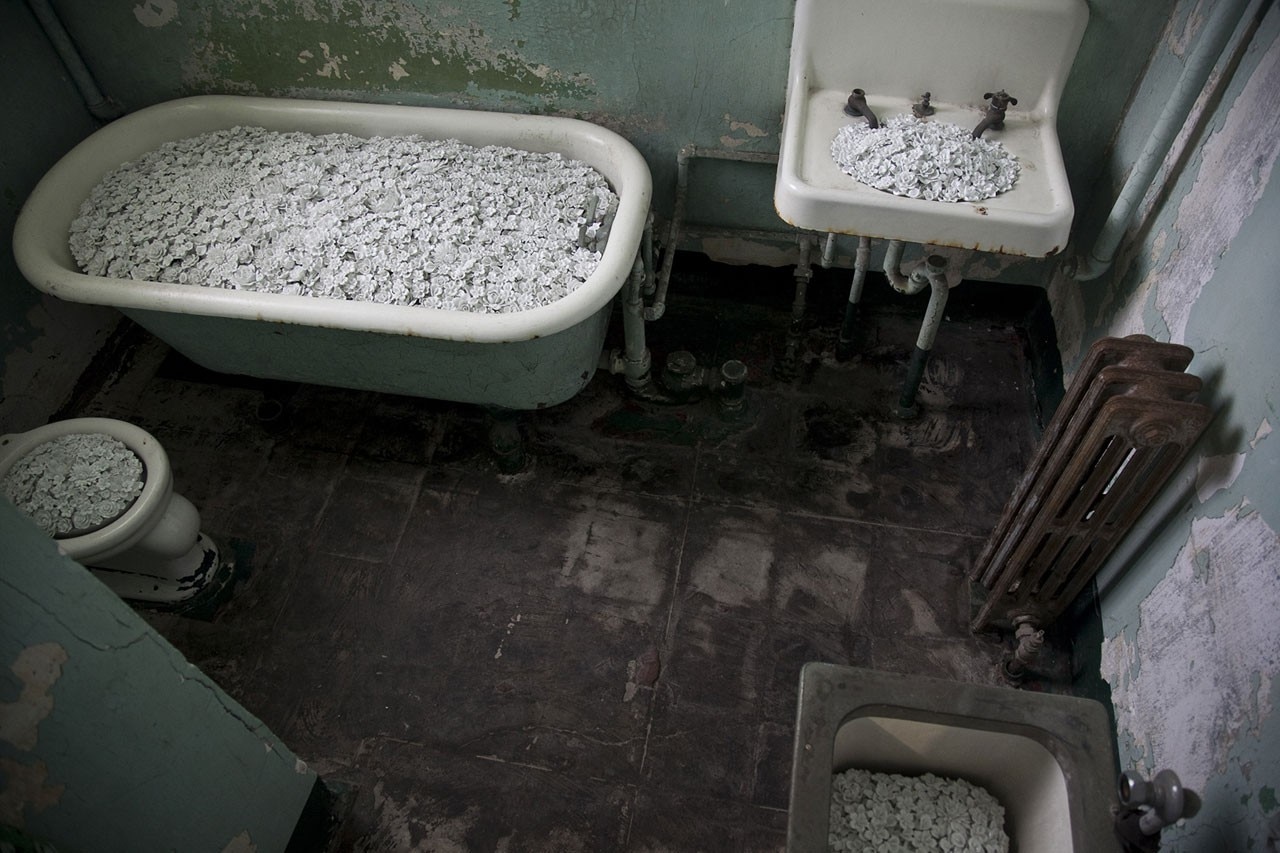Featuring seven new sculpture, sound, and mixed-media works by Chinese artist Ai Weiwei, “@Large: Ai Weiwei on Alcatraz” explores human rights and freedom of expression in the context of this iconic historic site.
Ai Weiwei on Alcatraz
In “@Large: Ai Weiwei on Alcatraz” the Chinese artist explores human rights and freedom of expression through seven site-specific installations inspired by Alcatraz Island.

View Article details
- 02 October 2014
- Alcatraz
Installed across four locations on Alcatraz, the exhibition is inspired by the island’s layered history as a 19th-century military fortress, notorious federal penitentiary, significant site of Native American history, and now one of America’s most visited national parks.

The artworks in “@Large” raise urgent questions about the social implications of incarceration and the definitions of liberty, justice, individual rights, and personal responsibility as interpreted through the lens of the artist’s personal experiences.
The site-specific installations are located in the two-story New Industries Building where “privileged” inmates were permitted to work; the Hospital main ward and psychiatric observation cells; A Block, the only cellblock not remodeled since the military prison was constructed in the early 20th century; and the Dining Hall.
For Ai Weiwei, the inspiration for the exhibition is not simply an exploration of social issues or artistic themes; it is rooted in the reality of his life. In spring 2011, he was detained by the Chinese government for 81 days on charges of tax evasion. Following his release, he was prohibited from leaving Beijing for one year, and he is still forbidden to travel outside of China. Because Ai Weiwei could not visit Alcatraz, he developed the works in his Beijing studio with support from the presenting partners, Bay Area volunteers, and Amnesty International, which provided research material.
The works in “@Large” balance political impact with aesthetic elegance, presenting the viewer with objective information and evoking a deeper understanding of underlying themes. Images of birds and wings metaphorically invoke freedom and creativity, while research-based works keep the visitor grounded in specific realities. Several of the installations directly reference the experiences of individuals deprived of their rights for actively expressing their beliefs. “The misconception of totalitarianism is that freedom can be imprisoned. This is not the case. When you constrain freedom, freedom will take flight and land on a windowsill,” said Ai Weiwei.
until April 26, 2015
@Large
Ai Weiwei on Alcatraz
commissioned by FOR-SITE Foundation
Alcatraz
San Francisco